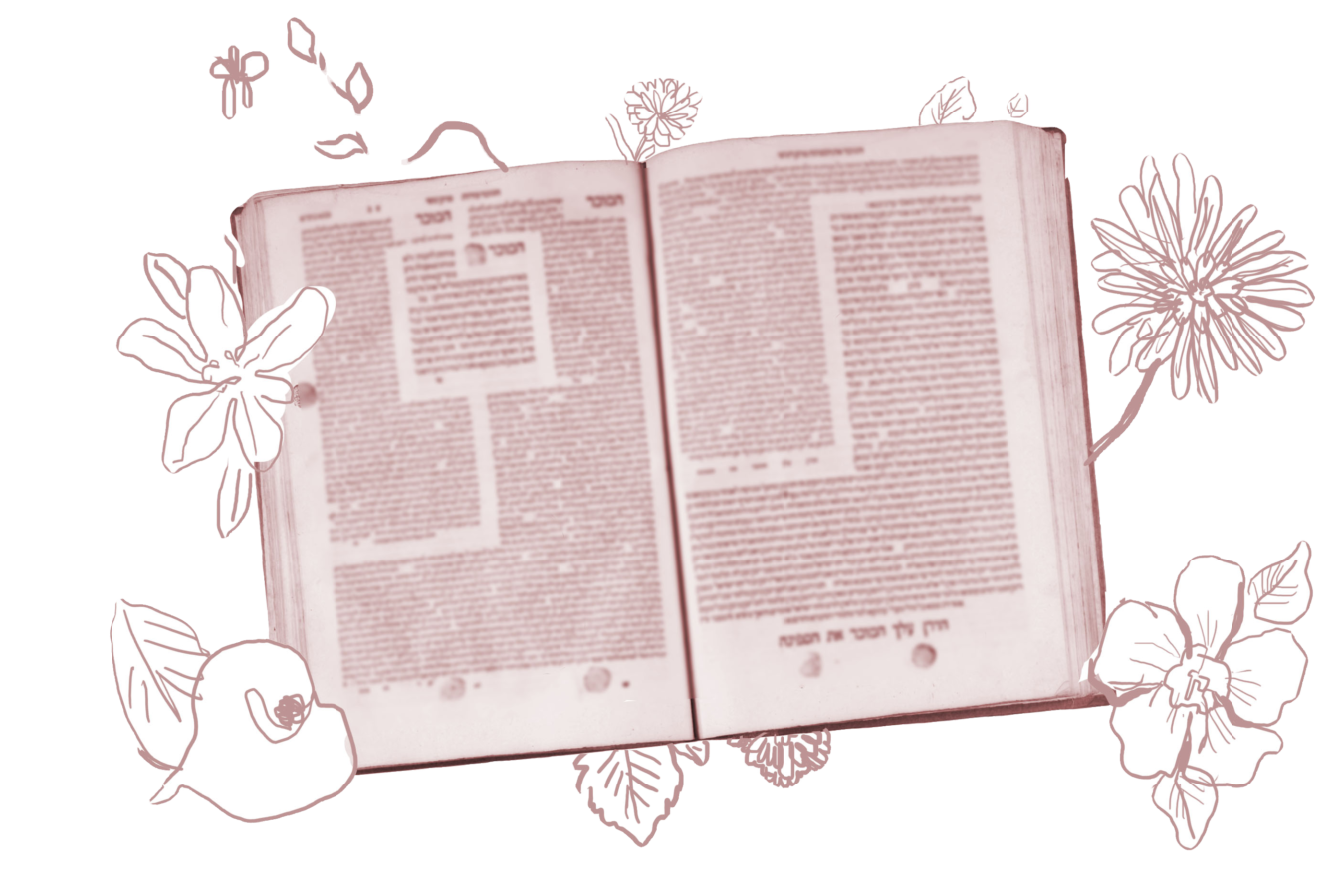Today the Gemara continues its discussion of a mishnah introduced on the previous page which describes how the high priest measures out incense to be offered in the Holy of Holies in Yom Kippur. Rav Pappa dominates the page, raising a total of six questions, four of which end with the word teyku — ”let it stand.” Meaning: We don’t know the answer.
This has actually been going on since yesterday when the Gemara introduced a mnemonic — bein habeinayim pashto umachatz ufizer vechishev bachafinat — a handy way of remembering all of Rav Pappa’s questions on this mishnah. (We saw a similar mnemonic idea on Pesachim 103 when the rabbis used a much shorter string of letters, yaknahaz, to remember the correct order of blessings recited at a festival meal that coincides with the conclusion of Shabbat.) Between Yoma 47 and 48, there are a total of nine dilemmas raised by Rav Pappa, seven of them ending in teyku — the talmudic equivalent of throwing one’s hand in the air in a gesture of surrender. Some of Rav Pappa’s questions are directly related to the mishnah above and some are not.
Sugyas (talmudic arguments) like this one, which have such an obvious schematic structure, offer a tantalizing window into the formation of the Talmud, allowing us to speculate a bit about how it was all put together. We say that the Talmud is part of the Oral Torah — a set of verbally transmitted teachings. Every page is filled with rabbis speaking, not writing, their teachings. And yet, it is now obviously a written text. What oral form did these teachings originally take? Who wrote them down? How much did the compilers shape the traditions they received? When did they do it? How many hands were involved?
Much like the Talmud itself, I don’t have all the answers. No one does. But let me offer a few more observations. Often the Talmud collects sets of teachings by a named authority (as it does today from Rav Pappa) and presents them as a unit. Shamma Friedman, who did an analysis of these grouped teachings, notes that they often come in sets of three or seven (or six or 14, twice three and seven) — much like the digits of a phone number. Grouping teachings in sets of this size makes them easier to remember. Today’s page matches Friedman’s findings. Between yesterday and today, we have nine teachings from Rav Pappa (three times three) of which seven are unresolved.
The 20th century scholar Rabbi Louis Jacobs wrote an entire book on the word teyku. He notes that it appears 319 times in the Babylonian Talmud and not at all in the Jerusalem Talmud. This strongly suggests it is something the editors of the Babylonian Talmud used to organize and present their material. He also notes that teyku is frequently applied to a set of rabbis we’ll deem the “usual suspects.” Rabba introduces 47 problems that are unresolved and left to stand, Rav Pappa (today’s rabbi) introduces 33, and Rav Ashi and Rabbi Yirmiya each introduce a few dozen. This also suggests that it is a device used by later editors of the material.
Steinsaltz notes that the mnemonic on today’s page is corrupt — it doesn’t quite fit the problems presented in the name of Rav Pappa. Was there once a better one? The version of the Babylonian Talmud that we are reading is considered standard, but it is not the only one in existence. Handwritten manuscripts, some of them discovered in the famous Cairo Genizah, attest that there were other versions of the sugya on today’s page. Some of these manuscripts present the problems in a different order. Some have a different mnemonic for Rav Pappa’s questions, and some have no mnemonic at all. This too provides circumstantial evidence that it was a later hand that gathered up these teachings, attributed them to Rav Pappa, and labelled them as unresolved. And that there was fluidity in the creation of the Talmud.
Scholars of Talmud can (and do) spend their lives exploring questions about how the Talmud was assembled. There is still much we do not know. The debates continue, and in some cases the answer may be teyku — we’ll never know.
Read all of Yoma 48 on Sefaria.
This piece originally appeared in a My Jewish Learning Daf Yomi email newsletter sent on May 29th, 2021. If you are interested in receiving the newsletter, sign up here.
The post Yoma 48 appeared first on My Jewish Learning.




